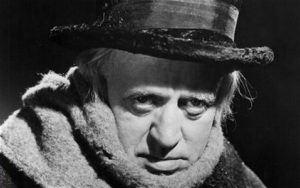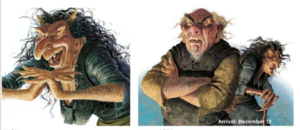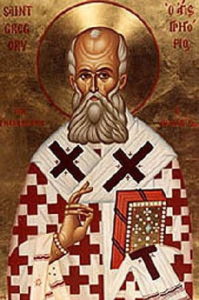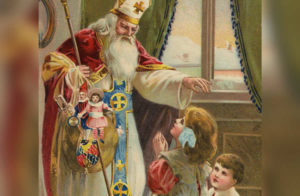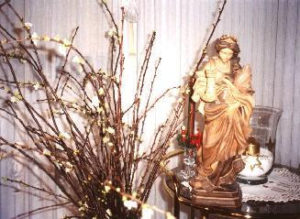A Christmas Carol (1951) They don’t get any better than this. Alastair Sim is the definitive Scrooge and anyone else who attempts the part should be boiled with his own pudding, and buried with a stake of holly through his heart. Sim’s Scrooge is a grim and shrivelled miser, miserable in his petty economies and cruel to those who imagine that generosity is anything else but a form of weakness. His experiences at the hands of the Spirits of Christmas are harrowing — this is, after all, a ghost story — they wrench the emotions and lead to changes that redeem the old sinner and lift the hearts of audiences.
Director Brian Desmond-Hurst’s settings in foggy and candle-lit London are masterful and the best argument for leaving black-and-white films in their original state. (Avoid the garishly-tinted colourized version that appears too frequently on television screens.) This motion picture was titled Scrooge in the U.K.
Sim and Michael Hordern (Marley’s ghost) repeated their roles in a 1972 animated version directed by Chuck Jones and narrated by Michael Redgrave which won an Oscar for best short animation.
